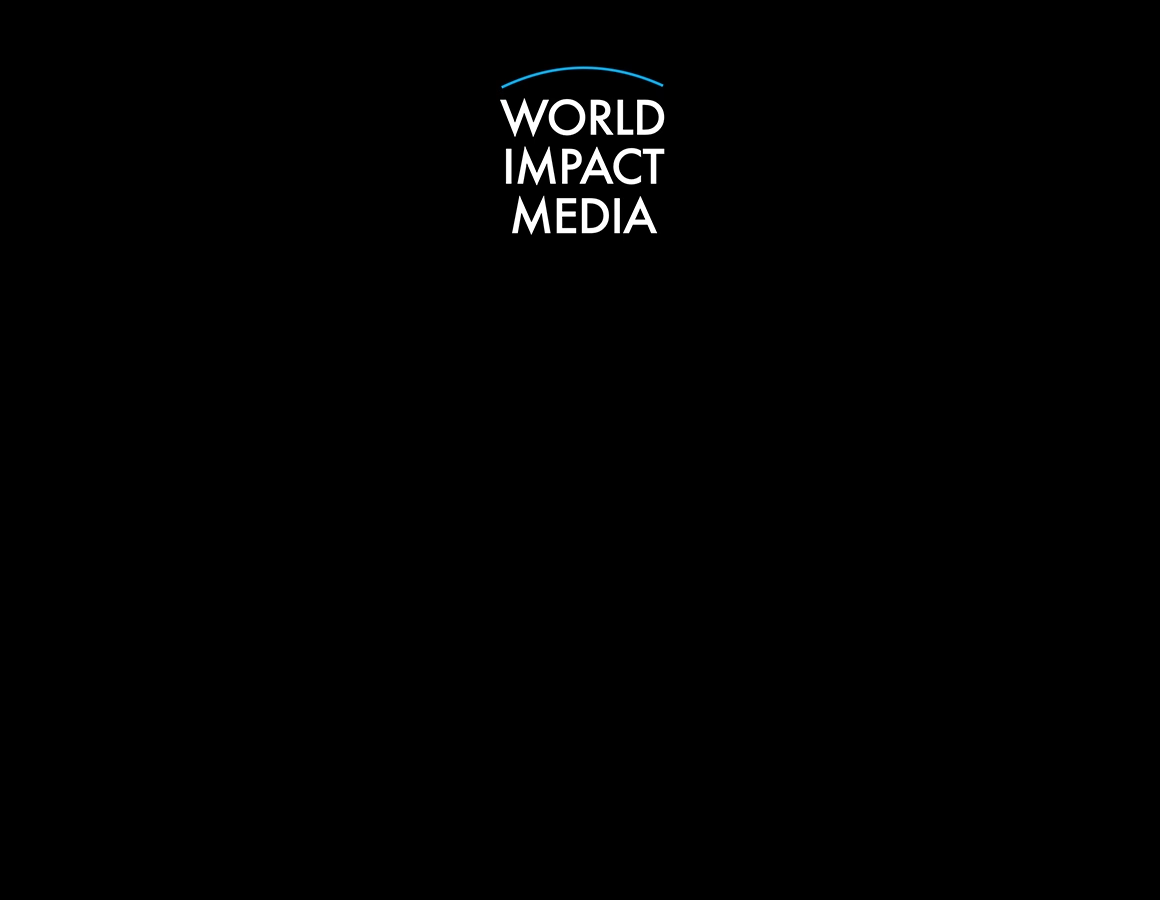The Vatican — the spiritual heart of the Roman Catholic Church and the world’s smallest independent state — is a symbol of faith, history, and power. But while its churches and museums attract millions of visitors each year, much of what happens within its ancient walls remains cloaked in secrecy. Despite being one of the most documented institutions in history, the Vatican still holds secrets that the public may never fully uncover.
1. The Vatican Secret Archives: What’s Hidden?
Now known as the Vatican Apostolic Archive, this massive repository holds more than 50 miles of shelves filled with documents going back over 1,200 years. While some materials are accessible to approved scholars, much remains off-limits.
Rumored contents include:
- Personal letters from Michelangelo, Galileo, and Napoleon.
- The trial records of the Knights Templar.
- Unknown early Christian texts or lost gospels.
- Evidence of contact with extraterrestrial life (a fringe theory, but one that persists in popular culture).
Despite modern digitization efforts, the most sensitive materials — particularly those involving internal Church governance and scandals — are tightly guarded.
2. The Vatican Bank and Financial Secrecy
The Vatican Bank (formally the Institute for the Works of Religion) has long been criticized for its lack of transparency. Over the years, it has faced accusations of money laundering, corruption, and connections to organized crime.
Although Pope Francis has made efforts to reform the institution, including hiring outside auditors and enforcing compliance protocols, many suspect that not all financial dealings have been brought into the light. Questions remain about hidden assets, offshore accounts, and the true extent of the Church’s global wealth.
3. What Happens in Papal Elections?
The papal conclave — the secretive election of a new pope — is held in the Sistine Chapel, where cardinals vote in isolation until a consensus is reached. While we know the procedures, the political negotiations, alliances, and influence strategies among the cardinals are never made public.
There are whispers of lobbying, national interests, and theological factions vying for dominance. The question remains: how much of the process is driven by divine inspiration — and how much by geopolitics?
4. Secret Missions and Diplomatic Deals
The Vatican maintains one of the most unique diplomatic networks in the world, with envoys (nuncios) in nearly every major country. It has played roles in mediating conflicts, including behind-the-scenes efforts in Cold War diplomacy and Latin American revolutions. But many of these interventions are never officially acknowledged.
What quiet influence does the Vatican wield today in countries with high religious tensions or weak governance? Are covert missions still being carried out in areas of global conflict?
5. The Vatican and the Supernatural
Over the centuries, the Catholic Church has investigated thousands of claims of miracles, possessions, and apparitions. The Vatican’s Congregation for the Doctrine of the Faith — formerly known as the Holy Office of the Inquisition — has kept detailed reports on exorcisms and supernatural phenomena.
But many of these cases are never disclosed. Are there files on unsolved spiritual mysteries? Have exorcisms ever gone beyond what’s publicly acknowledged?
6. Hidden Rooms and Underground Networks
St. Peter’s Basilica, the Vatican Gardens, and the Vatican Museums are only part of the story. Beneath and behind these areas lie tunnels, secret chapels, and ancient vaults. The Necropolis under St. Peter’s, for example, is believed to contain the bones of the apostle himself — but access is limited.
There are also rumors of bunkers, emergency escape tunnels, and underground archives dating back to early Christian persecution.
Conclusion: A Holy Enigma
The Vatican is an institution where tradition, mystery, and power intersect. While it presents a face of moral clarity and spiritual authority, its history is layered with secrets — many still hidden by design. Whether one sees the Vatican as a sacred guardian of faith or an opaque center of global influence, one thing is clear: what we don’t know may be just as compelling as what we do.
















